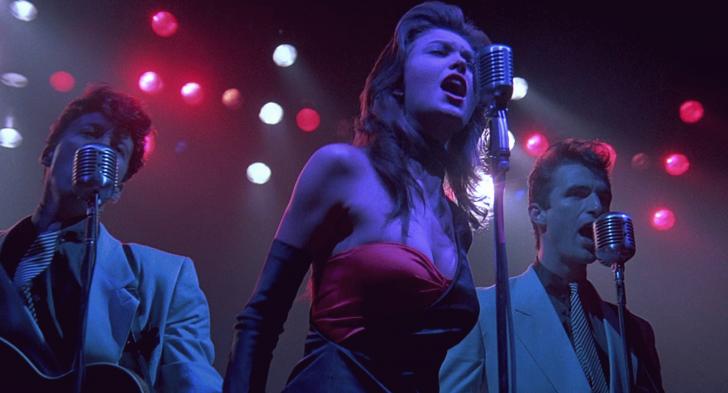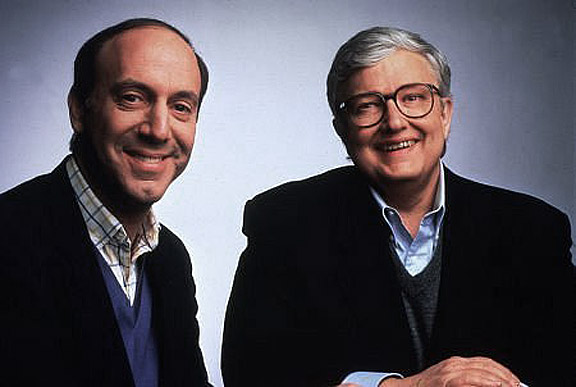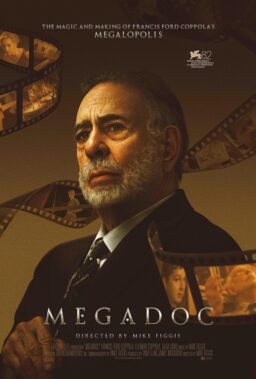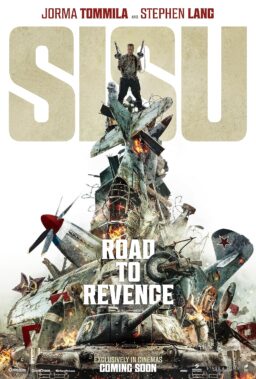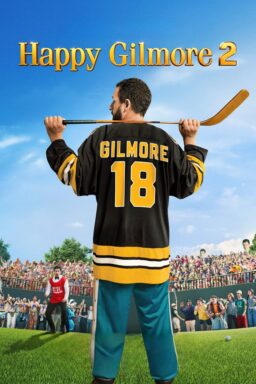“Is that the one with all the Studebakers?”
I found an old e-mail thread between me and Roger Ebert. It was an entertaining back and forth regarding “Life Itself,” which had just been published. I asked how it felt to be reviewed by other people, and speculated who would direct the movie version. Since many of my e-mails to Roger detailed some strange event that had befallen me, he used to joke that I should write my own memoirs and let Guy Maddin direct them. I voted for Cuba Gooding Jr. to play me.
True to form, my latest misadventure was included in this thread. I had gone to see a midnight screening of “The Warriors” and, as I was driving home, an underground energy unit of some sort exploded on my block. The power went off as a result, pitching the entire neighborhood into darkness. Huge, straight lines of fire licked at the asphalt on the street, providing the only illumination one could see. It looked like a bad ’80s music video. Since I couldn’t go home, I wound up sleeping in my car. I went to see “The Warriors,” I joked, “and came home to ‘Streets of Fire.'”
“’Streets of Fire’? Is that the one with all the Studebakers?” Roger asked in his response. It was, and I wasn’t surprised that he’d remember this detail despite not having seen the movie in decades. In his three-star review of Walter Hill’s 1984 flop, Roger wrote that “the most beautiful post-war American cars were Studebakers.” His love of the car was a holdover from his adolescence. Perhaps a similar adolescent automobile infatuation inspired Hill to outfit the “Streets of Fire” police force with what Fozzie Bear called “a bear’s natural habitat” in “The Muppet Movie.”

Adolescence was clearly on Hill’s mind when he co-wrote and directed “Streets of Fire.” Deemed “A Rock and Roll Fable” in its opening credits, the film is a 14-year old boy’s idea of what constitutes coolness. It has the aforementioned Studebakers, gangs on motorcycles, an unflappable hero, loud music, brutal fights and some very immature ideas about women. The cinematography by Andrew Laszlo gives the film a glossy sheen of make-believe, full of neon reflected in rainy street puddles and the bright, fiery explosions that have marked every Joel Silver production before and since.
Even the story is rooted in teenage male fantasy. The hero, a former soldier named Cody (Michael Pare) returns to town to rescue his hot rocker ex-girlfriend Eileen Aim (Diane Lane) from the clutches of androgynous gangster Raven (Willem Dafoe). Cody is called back to a town that looks a lot like a futuristic Chicago by his sister Reva (Deborah van Valkenburgh). So that he doesn’t appear weak enough to still carry a torch for his ex, Cody takes the rescue mission as a paid gig financed by Eileen’s current boyfriend, manager Billy Fish (Rick Moranis). Cody’s sidekick is McCoy, a tough, tomboyish chick played by Amy Madigan. McCoy has a guy’s name because she was originally written as a man. In the film’s best performance, Madigan plays her as if the movie forgot to change the character’s gender.
I was 14 when I saw “Streets of Fire.” Back then, I recognized Eileen, Reva and McCoy as three types of women I thought existed when I was young and stupid. Reva is the nurturing, straight-shooting big sister whose need for a hero gives her brother reason for being. McCoy is “just one of the guys,” the woman the hero would never think about screwing, and not because McCoy proactively rejects any potential attempts at romance. Eileen Aim’s the most problematic of the trio. Her tough-as-nails stage persona hints that she’s strong enough to go on with her life after being dumped by the hero, yet she becomes completely helpless and victimized as soon as she’s taken hostage. In her New York Times review, Janet Maslin called the screenplay misogynistic. At 14, I was completely oblivious to the film’s problems; at 44, I can see Maslin’s point. While “Streets of Fire” does little to defend itself from accusations of misogyny, I’d say it’s more sexist and misguided than outright hateful.

With his ’80s rocker makeup and hairstyle, Dafoe’s Raven looks as if he’d rather pursue Pare than Lane. So the filmmakers unwisely give him a scene where he attempts to violate a tied up Eileen Aim. The movie quickly backtracks from this, as if it suddenly remembered it was rated PG, but it could have done without the scene entirely. Scenes like this detract from the film’s biggest strengths: its flashy visuals and its music.
Hill has always been a director of stylish set pieces and stories that, with little tweaking, could be remakes of Westerns from the 1950s. Cody has a name John Wayne could have been saddled with, and Hill gives him numerous opportunities to be heroic while wielding the warped, chivalrous notions of those old horse operas. Hill plops Cody into scenarios where it’s impossible not to be awed by the look of his surroundings. The big showdown pits Raven against Cody, both armed with sledgehammers for no reason other than how cool dueling sledgehammers look when properly choreographed. Hill even has Cody “ride off into the sunset” at the end.
The music reminds us that the early ’80s were filled with mediocre movies that yielded great soundtracks. “Streets of Fire” takes its title from Bruce Springsteen’s song, and when Hill couldn’t get the rights, he asked Jim Steinman to pen several songs, including the movie’s final showstopper, “Tonight is What It Means to Be Young.” The bombastic Steinman, a favorite songwriter of mine (see my review for “Stage Fright”), is the perfect choice for “Streets of Fire”; his masterpiece, the “Bat out of Hell” album is a 14-year old boy’s notion of love, commitment and sex. His songs here fit perfectly. Lane masterfully lip-synchs lyrics like “if I can’t get an angel, I can still get a boy/And a boy would be the next best thing, the next best thing to an angel.”
“Streets of Fire” is a cult movie now, but it was a flop when it was released. This was partially due to it going $14 million over budget and being unable to recoup that loss at the box office. But it did yield a big hit for songwriter Dan Hartman, whose “I Can Dream About You” is lip-synched by an all-Black group led by Stoney Jackson and featuring Robert Townsend. This group’s a capella R&B number is a highlight of “Streets of Fire,” though it hardly qualifies as the rock and roll that opening credit description promises.
“Streets of Fire” is one of the movies that convinced the MPAA it needed to create the PG-13 rating. It’s violent enough to warrant it, but even more appropriate for that teenager-friendly rating is its tone. A prepubescent kid would find little to enjoy here, but teenaged boys and men who find something in the film to evoke nostalgic feelings for their youth will like it enough to forgive the film its trespasses. For me, I rediscovered my youth in the music and the film’s 80’s era look and feel. As for Roger, he ended his review with a great line that made me think “Streets of Fire” reconnected him with the teenaged version of himself: “Also more Studebakers, please.”

